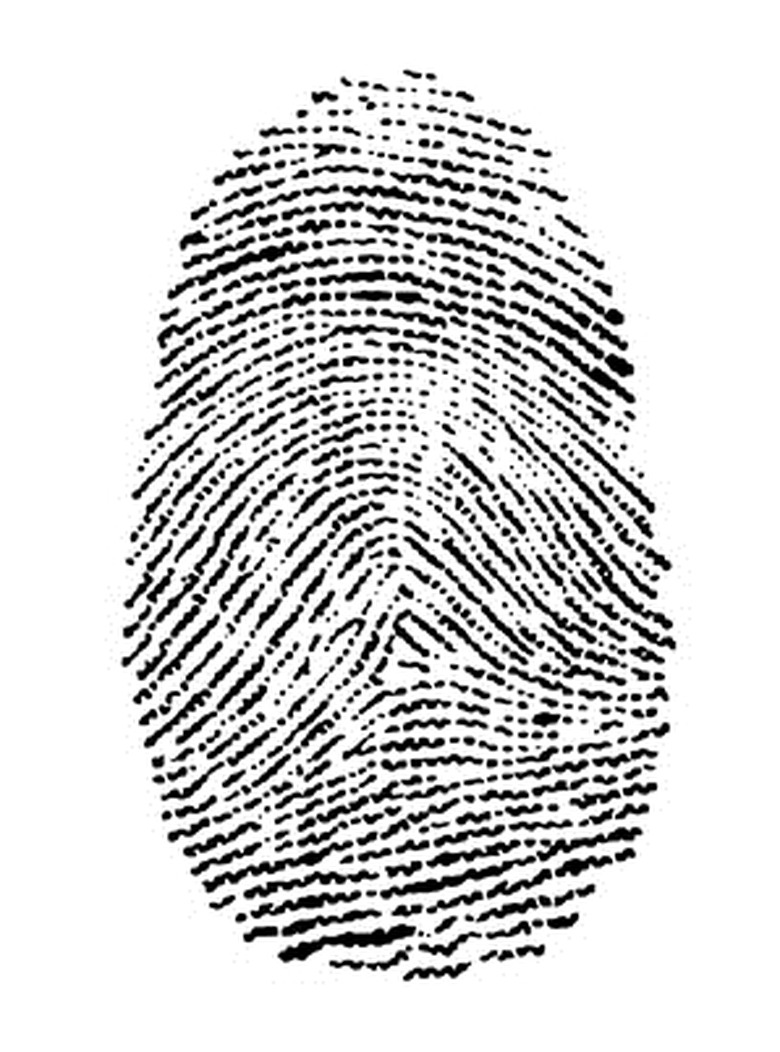Restriction Enzymes Used In DNA Fingerprinting
DNA fingerprinting is a term meant to convey the idea that each person's DNA is as different as a person's fingerprint. While a criminal may wear gloves or take other precautions that would prevent leaving behind an actual fingerprint, it is almost impossible for a human being to occupy a space without leaving some trace of DNA behind. Once the police find and collect a DNA sample, it can be analyzed and then compared to the DNA of suspects to determine if they are from the same person. Restriction enzymes are tools that aid researchers in analyzing DNA samples.
How Your DNA is Unique
How Your DNA is Unique
Your DNA is in every single cell in your body and no one on the planet shares your exact DNA unless you have an identical twin. Your DNA is made up of two strands that wind together into a shape that resembles a spiral staircase. The sides of your DNA are made up of a sugar and a phosphate that repeat over and over. In between the sugars of your two strands are two chemicals referred to as a base pair when joined. There are four different bases and they are represented by the letters ATGC. Though there are only four possibilities, those four different bases repeat millions of times over to become your DNA and it is the order of the As, Ts, Gs and Cs that make you who you are and different from every other living thing on the planet.
What is a Restriction Enzyme?
What is a Restriction Enzyme?
While everyone's DNA is truly unique, there are certain areas of your DNA that you share with every other person on the planet. Since scientists know the order or sequence of those bases, they have developed chemicals known as restriction enzymes that seek out those spots. So when a scientist is analyzing someone's DNA, they add restriction enzymes that find those spots that everyone has and the enzyme cuts the DNA strand into two parts. There are hundreds of restriction enzymes in existence for all different types of organisms and each one is programmed to seek out and cut a specific sequence of DNA.
Short Tandem Repeats
Short Tandem Repeats
Many types of identical DNA are in humans and other organisms. The type that is used most often in DNA fingerprinting is called a Short Tandem Repeat or STR. Scientists have found areas in human DNA that repeat the same sequence over and over but a different number of times. So every human may have the sequence 'CAGT' but each of us may have it repeated in varying quantities. You may have it 10 times and you neighbor has it 15. These small differences can be identified by researchers and they can use them to identify you.
FBI Restriction Enzymes for DNA Fingerprinting
FBI Restriction Enzymes for DNA Fingerprinting
The FBI has been a leader in locating these short tandem repeats in the human genome so they can more accurately tell one person's DNA from another. If the FBI only knew of one or two STRs, they could not accurately tell each of us apart because many of us are bound to share at least one identical STR. The FBI has identified13 different STRs that can be reliably used to tell human DNA apart. So while you may share one, two or even three STRs with you siblings or neighbors, after analyzing a person's DNA with all 13 locations, an accurate and irrefutable DNA fingerprint is produced for the person.
Analyzing DNA Fingerprints
Analyzing DNA Fingerprints
While using the restriction enzymes to cut up a person's DNA is an integral part of the process, scientists need to use one more technique to analyze the small fragments of DNA. Using a process known as gel electrophoresis, scientists can place the DNA samples into an agarose gel and run a current through the DNA samples. Because DNA is polar, the fragments are attracted to the negative terminal of the machine. Scientists can analyze the rate at which the fragments move and then analyze that information to determine the size of the fragments. This is the final step in analyzing DNA fingerprints.
Cite This Article
MLA
Williams, Matthew. "Restriction Enzymes Used In DNA Fingerprinting" sciencing.com, https://www.sciencing.com/restriction-enzymes-used-dna-fingerprinting-5347839/. 24 April 2017.
APA
Williams, Matthew. (2017, April 24). Restriction Enzymes Used In DNA Fingerprinting. sciencing.com. Retrieved from https://www.sciencing.com/restriction-enzymes-used-dna-fingerprinting-5347839/
Chicago
Williams, Matthew. Restriction Enzymes Used In DNA Fingerprinting last modified March 24, 2022. https://www.sciencing.com/restriction-enzymes-used-dna-fingerprinting-5347839/
